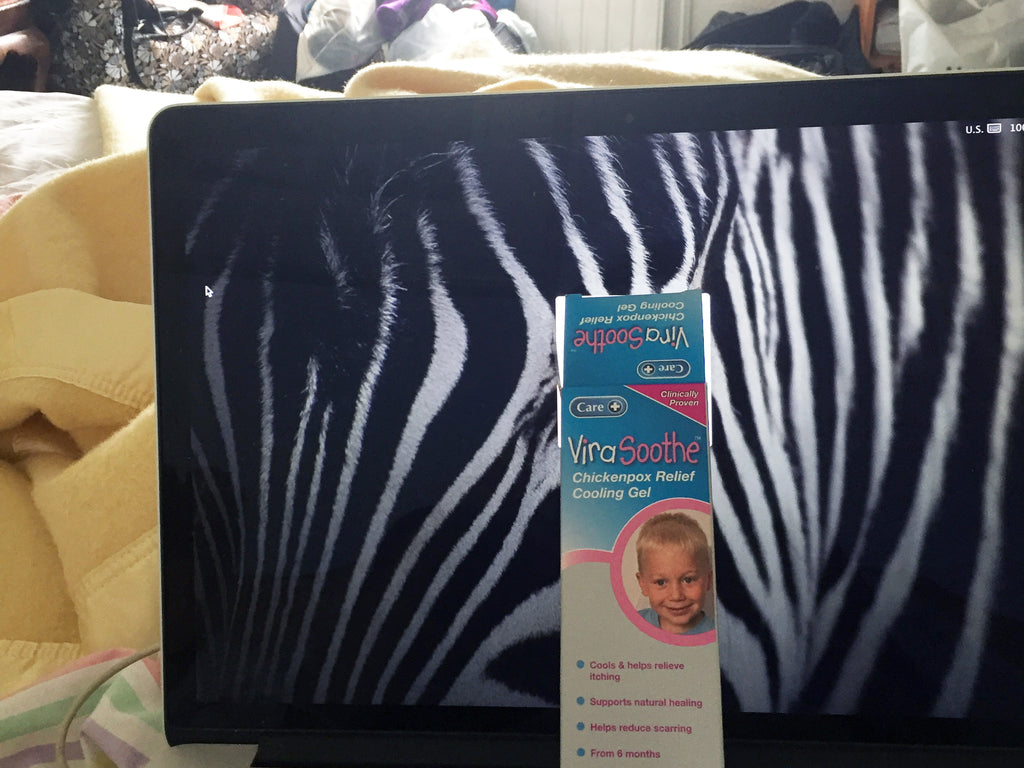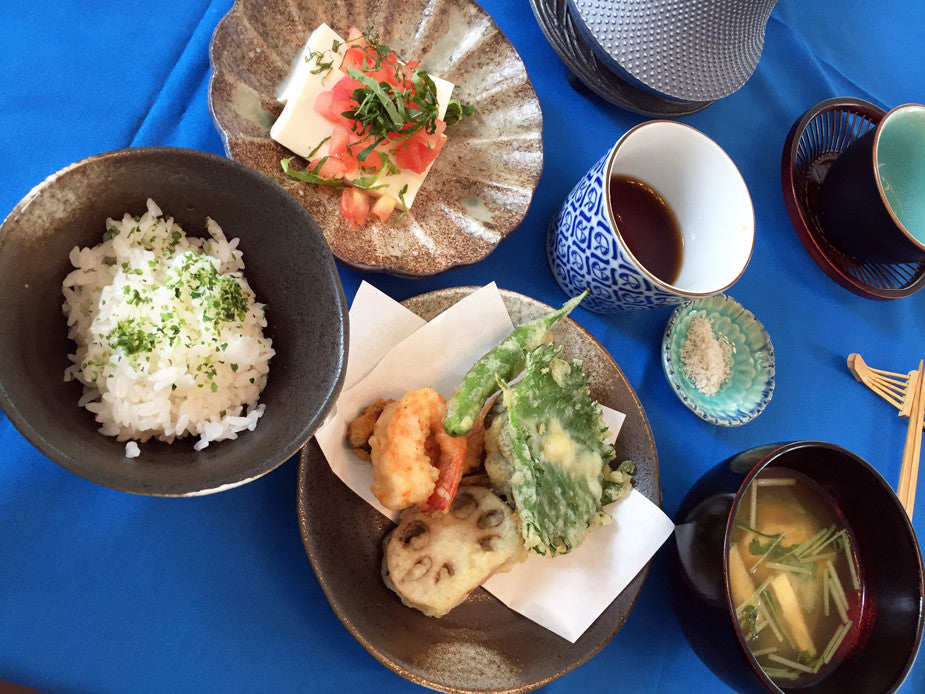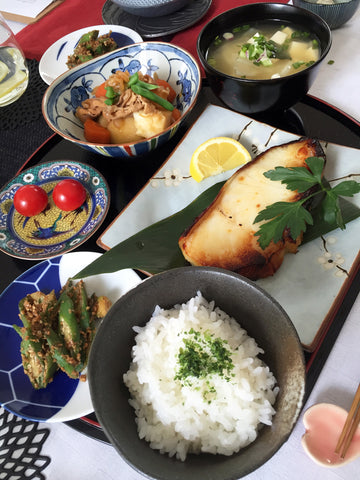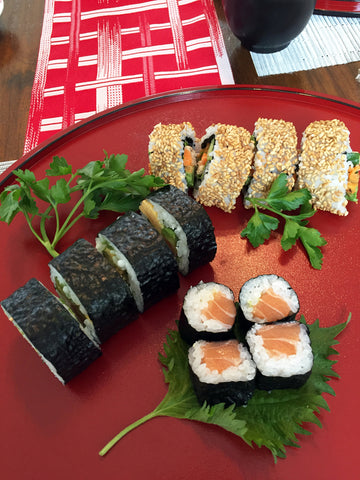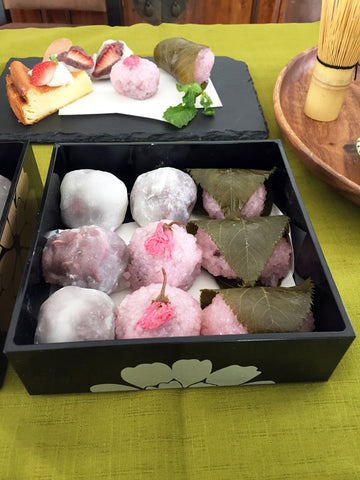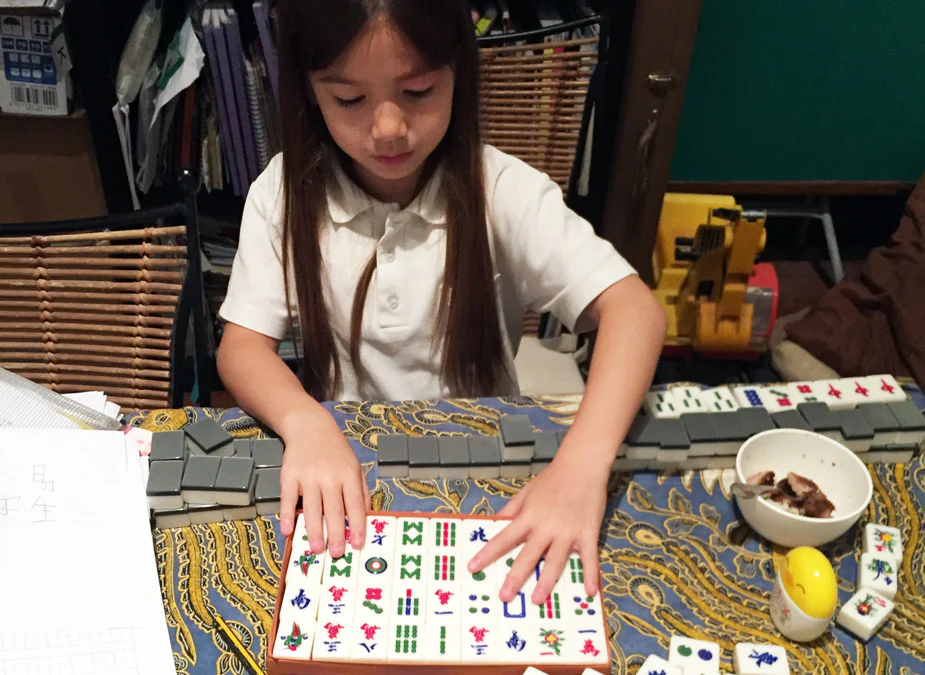My kids got the chickenpox vaccine, but I did not!
The day before we left for our family vacation to the U.K., my husband told me he had this strange rash on his right shoulder and upper arm. I said to him, “Must be the gym towel!”
The rash got worse the next day. The skin felt like a chemical burn, and he suffered intense pain in his muscles underneath the rash. But he didn’t have time go to the doctor before our flight. We got to the U.K., and he kept researching on the Internet. “I think I’ve got shingles,” my husband made the conclusion.
Shingles, also known as zoster or herpes zoster, is a painful skin rash caused by the same virus responsible for chickenpox: the varicella zoster virus. If you have had chickenpox in the past, you can contract shingles. That’s because the chickenpox virus remains in the body, lying dormant in the roots of nerves, and can reactivate many years later. It’s not clear why the virus reawakens — in some people it never does — but researchers believe that the virus is triggered as the immune system weakens with age or in conditions of stress.
I thought to myself, “Well, at least we’re all safe because we all got vaccinated against chickenpox as children in Hong Kong.” How wrong I was!
We continued our busy itinerary in the U.K. A few days later, my 11-year-old daughter, Verity, started developing flu-like symptoms – mild fever, wanting to vomit, and a loss of appetite. We were convinced she just had a mild flu, and gave her Panadol to ease the symptoms. That seemed to work.
A day after she got better, my then 8-year-old son, Max, had a high fever at night. We didn’t have a thermometer with us, but his body felt boiling hot. For a moment, my husband and I thought, “This could be really serious. Maybe we should take him to the hospital.”
I wiped his body with a cold, wet towel 3 to 4 times throughout the night. That seemed to help him feel slightly better, and he managed to get some sleep. The next day, the fever was gone. “He must have got the flu from Verity,” we thought.
After 2 weeks in London, we went to Bristol for a week of kid’s summer camps, and stayed with the grandparents. During the 2-hour car ride from London to Bristol, I felt really tired and a bit “car sick.” As soon as we arrived, I felt so sick I had to lay down. My body felt hot.
“Uh-oh, I must have got the flu, too,” I thought. I couldn't sleep that night because my whole body itched.
The next morning, I saw some tiny blisters on my chest and arms. Later in the day, more blisters developed on my body. I was carrying a mild fever. When I looked at my blisters, I remembered the little scar on the face of Brenda, my second sister, a lingering memory of chickenpox. The next thought that came to mind was, “If we all got vaccinated against chickenpox as children in Hong Kong, how come Brenda caught chickenpox?”
Hong Kong has quite a comprehensive childhood-immunization program. Children from birth to Primary Six receive vaccines to protect them from 11 infectious diseases, namely: tuberculosis, hepatitis B, poliomyelitis, diphtheria, tetanus, whooping cough (pertussis), pneumococcal infection, chickenpox, measles, mumps and rubella.
Chickenpox vaccines weren’t included until 2014. “Verity and Max had their chickenpox vaccines at a private clinic,” I suddenly remembered. I realized that meant my children had chickenpox vaccines, but I never did!
It didn’t take long before blisters started to develop on my face and the rest of my body. They were itchy and irritable. I felt really sickly and weak. I had a very high fever, couldn’t sleep well, and I didn’t want to eat. I basically spent the whole week lying in bed because I just couldn’t get up. Luckily my kids were occupied with their summer camps.
|
|
| Chickenpox behind the flattering Snapchat filter |
My sisters were also visiting the U.K. for my niece’s graduation. Originally, they planned to spend a night in Bristol with my in-laws. As soon as I told them I had chickenpox, my oldest sister and my niece, who both have never had the disease before, decided to cancel their stay with us. Chickenpox is highly contagious. They were going to go to Holland for a week after Bristol, and they couldn’t take that risk.
After one week of lying in bed, the countless pox on my body gradually dried up and scalped. This was when I stopped being contagious. That was a tough week.
I understand why parents in previous generations used to organize “pox parties” where they purposely invited kids with chickenpox over to play with their own children so that they could get the virus, too. Chickenpox seems to be less dramatic in young children than in adults. It’s more vicious in its effects once you’ve grown up.
Now that I have recovered from chickenpox, I still occasionally have a sharp muscle pain in my arms. This pain sounds like the same kind of pain you get from shingles, based on the description that my husband gave me. And I still have all the dark spots of scars on my body. Some of them are dented because I scratched them before I realized they were chickenpox.
So if you have never had chickenpox in your life, I strongly recommend you to get vaccinated. That’s all the more true since you can contract the same virus from someone who has shingles. The symptoms of shingles may not be obvious. You can in rare cases still can get chickenpox after you get vaccinated, but the effect is much milder. A lesson learned!

